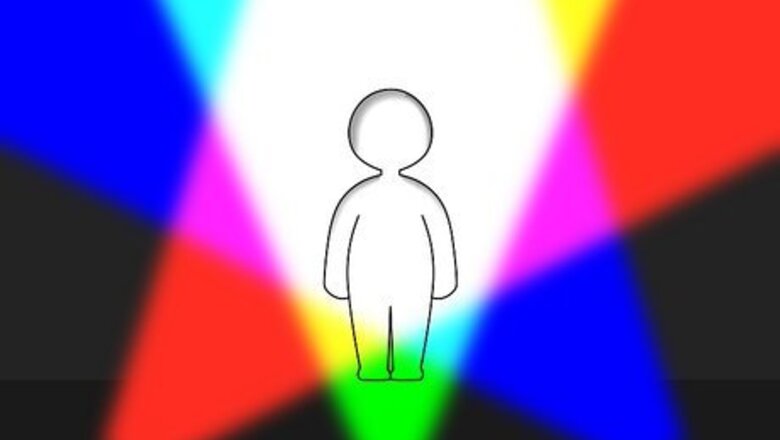
views
- Make white light by mixing blue, green, and red light together.
- White paint cannot be made or created, as it’s the base of all paint colors.
- Variations of white paint, however, can be made by mixing pure white paint with other colors, such as yellow and brown.
What colors make white light?
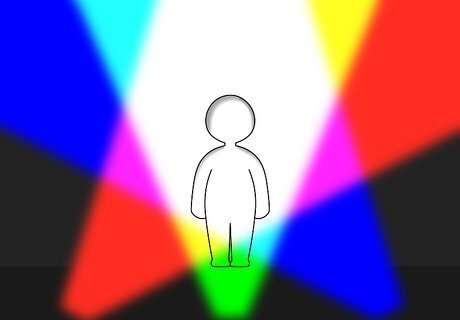
Blue, green, and red lights make white light. Believe it or not, overlapping blue, green, and red light creates white light. This is because all light is a combination of these colors, which we discovered thanks to Sir Isaac Newton, who used a prism to separate white light into visible colors. You can see light thanks to electromagnetic waves. Each color has a different wavelength, and when blue, green, and red are mixed, they create a white light. Every type of light you see uses a combination of these colors, including your phone and computer screen. Because of this, blue, green, and red are considered primary additive colors. Blue, red, and yellow (the primary colors you likely learned about in school) are subtractive primary colors and create black when combined.
How do you make white paint?

Unfortunately, you can’t make white paint. Unlike mixing visible light, there’s no way to make white color out of other colors. This is because paint absorbs and reflects visible wavelengths rather than making them. White objects (like paint) appear white because they reflect all colors. When you combine paint, the colors and wavelengths mix and absorb light, making a black color. Think of it like this: white is the starting point. With physical objects, there’s no way to create a pure white because it’s the base of every color. So, how do paint companies make white paint to sell? Well, it all boils down to white pigment, which is made with careful chemistry in a lab and can’t be replicated at home.
Creating Different Shades of White
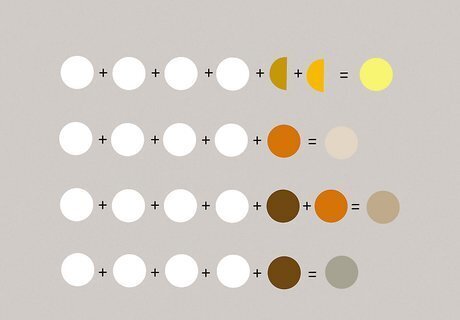
While you may not be able to make pure white paint, you can mix plenty of colors with white to make different white shades or hues. Try mixing these paint colors to get a variation of white: 4 parts white + 0.5 parts yellow ochre + 0.5 parts golden yellow = butter 4 parts white + 1 part raw sienna = almond 4 parts white + 1 part raw umber + 1 part raw sienna = khaki 4 parts white + 1 part raw umber = cement
Interesting Facts About the Color White
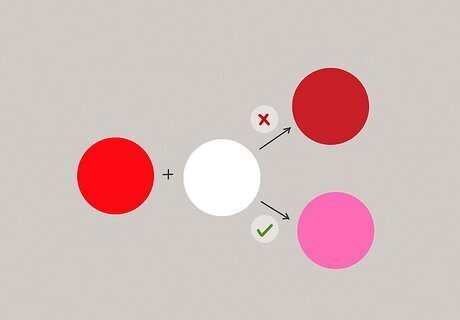
White lightens colors rather than brightens them. When mixing paint, pure white is added to make other colors lighter, not brighter. For instance, mixing red and white makes pink rather than firetruck red. Why does this happen? It all has to do with color theory. Color theory is the study of how colors interact with one another and affect your mood.
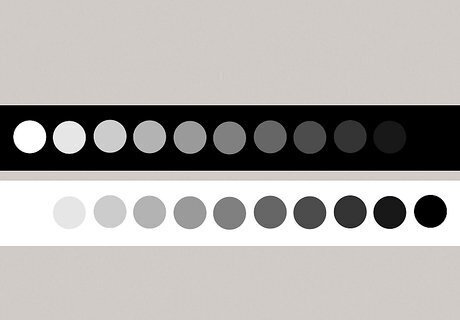
White is an achromatic color. Achromatic colors have lightness but no hue or saturation; they’re only a shade of color rather than a vibrant pigment. This includes white, gray, and black.
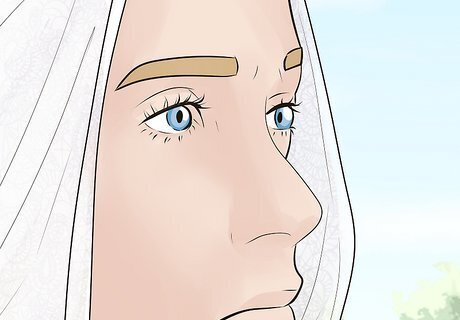
White is a color of mourning in many Eastern cultures. In Western culture, people traditionally wear black to represent mourning and sorrow. However, in Eastern culture, white is worn to symbolize the afterlife and respect when someone passes away.
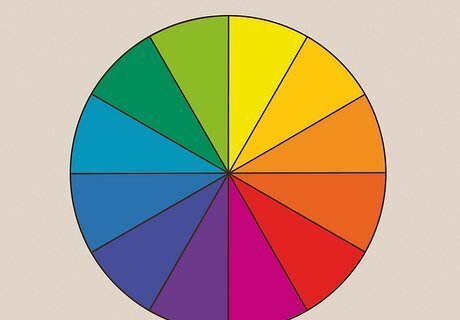
White isn’t on the color wheel. Believe it or not, white is considered a non-color and, therefore, doesn’t appear on the traditional color wheel. This is because white is a mixture of visible wavelengths of light. Black is also considered a non-color for the same reason.
What does the color white represent?

The color white represents pureness, cleanliness, and goodness. Being the cleanest color in the color palette, white is considered the color of perfection. It symbolizes a pure, clean innocence that’s wholeheartedly good. The color is crisp and unstained. Because of these attributes, the color white can make you feel comforted, hygienic, and holy. For example, think of the character Snow White. When her name comes to mind, you likely think of a child-like innocence or sweetness. Her gentle and soft-voiced nature is symbolic of her name. Similarly, in fantasy, “good” characters are often given powers or magic that omits a white light. This is because white is a symbol of purity.
The Benefits of Using White in Your Home
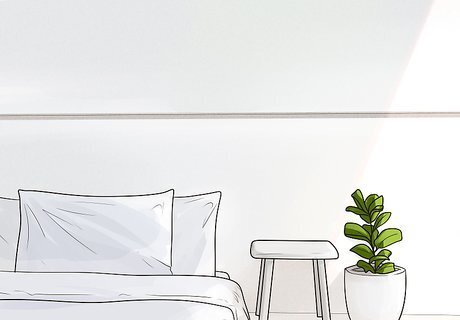
Feeling of cleanliness White walls, flooring, and furniture can help your space feel fresh and clean. This is because white invokes a fresh, hygienic feeling.

Illusion of space The color white can make a room feel brighter and more open. Similarly to how you’d place a mirror in a small room, painting a wall white can help the space feel larger than it actually is.

Evokes creativity and productivity For some, the color white can be inspiring. Adding white to a room may help declutter your brain, making it easier to focus on a task. Think of it like a blank sheet of paper—the potential is limitless.


















Comments
0 comment